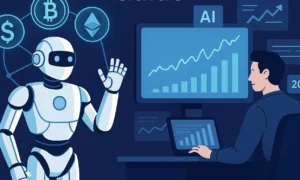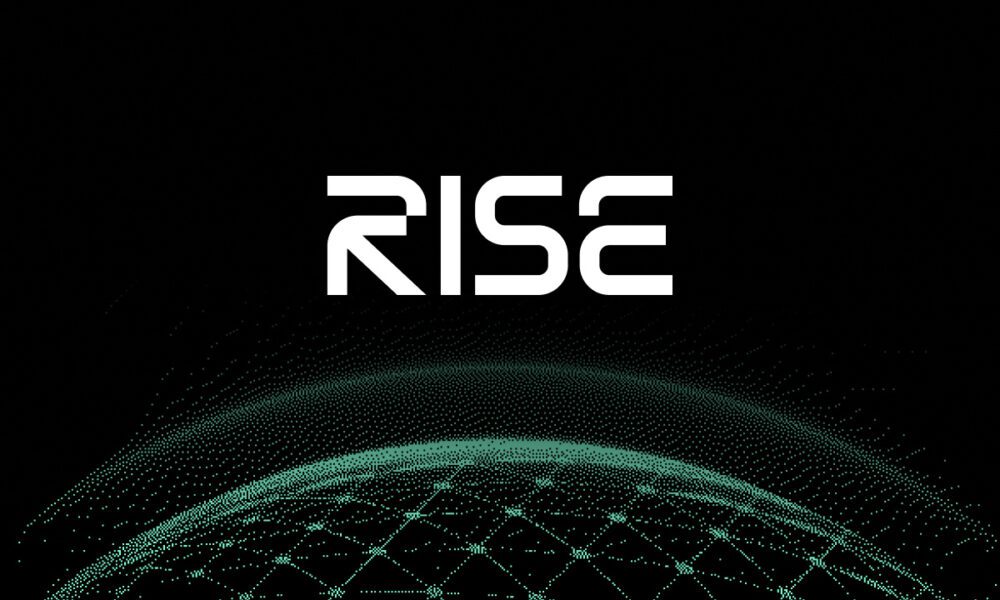Security threats are becoming faster, more sophisticated and numerous. Human-led efforts alone are insufficient to deter the rapid pace of these attacks.
AI provides the needed speed, scale and intelligence to protect various industries. Discover five practical AI integrations that are actively transforming the security landscape.
1) Proactive Threat Detection
For many years, security relied on signature-based detection. This works well for identified threats, like common viruses, but it’s completely blind to unknown attacks. The problem of zero-day exploits remains persistent and is growing, with security software and appliances being the primary targets in 2024.
AI changes the game by focusing on behavior rather than signatures. It learns what “normal” looks like for your specific network, users and devices. AI algorithms analyze data — user login times, network traffic and system logs — to create an evolving model of normal operational behavior. They also analyze historical attack and global threat information to identify patterns and predict future attacks, allowing security teams to patch vulnerabilities before damage occurs.
2) Extended Detection and Response (XDR)
XDR is a noteworthy advancement in the field of AI-driven security. It aggregates data from a broad range of sources, including networks, cloud workloads, email systems and endpoints. AI and machine learning analyze complex data in real time and identify multistage attacks that other security tools may miss. This market is projected to grow to $30.86 billion by 2030.
This provides your team with a complete, contextualized understanding of an attack, rather than a stream of unrelated alerts. It enables you to detect stealthy threats faster, investigate them more efficiently and automate response solutions. Leveraging these capabilities is key to a proactive cybersecurity approach.
3) AI-Driven Behavior Analytics
AI-powered behavioral analysis is a valuable asset to any cybersecurity strategy. While the cybersecurity industry has leveraged foundational behavioral analysis techniques for years, a primary obstacle to scaling these methods has been the need for computing resources and high-fidelity telemetry to support and sustain effective analysis.
With AI advancements, these barriers are becoming more manageable. AI algorithms can sift through complex datasets to find subtle patterns that older statistical models would miss. Behavioral machine learning models enhance identity and access management (IAM) by introducing dynamic risk scoring based on user behavior. When integrated with IAM platforms like Okta, these models can help you detect unusual activity in real time.
4) AI-Powered Physical Surveillance and Monitoring
For decades, surveillance meant rooms of security guards watching dozens of monitors simultaneously. However, such a system is prone to human error, fatigue and information overload. Today, AI-powered systems can analyze video feeds in real time, acting as a digital guard that spots trouble as it happens.
Modern AI-driven surveillance systems can identify scenes, patterns and behavior to improve an organization’s situational awareness and overall security. For instance, these systems can detect unusual behavior, such as someone loitering near an entrance or climbing a fence, identifying potential threats before they happen.
5) Automated Incident Response
Modern cyberattacks can escalate quickly. Human security teams, who must manually verify an incident, decide on a course of action and then implement it, are at a significant disadvantage. Speed is one of AI’s greatest strengths, which is crucial to counter fast-moving threats. By integrating AI into incident management, organizations can automate reporting, resulting in a faster and more accurate process.
This streamlines administrative tasks, enabling you and your team to focus on implementing corrective actions. However, it’s important to recognize that human expertise remains unmatched when it comes to interpreting nuance and context. Automated incident response can help lead to faster incident resolution and reduce the likelihood of recurring issues.
How to Integrate AI in Security
Here are tips for choosing and incorporating AI-powered solutions into your existing security strategies.
- Identify your pain points: What are the most significant challenges in your current security posture? The right AI solution solves a specific, existing problem.
- Prioritize compatibility: A powerful AI is useless if it can’t work with your existing infrastructure. Choose solutions that are designed for integration to help you save time and resources during implementation.
- Find the right partner: Vet potential suppliers carefully. Choose those with proven expertise in AI and security.
The Future of Security Is Smart
AI is shifting security from a reactive to a proactive and predictive discipline. These key integrations are evidence of this shift. The true power of these tools lies in their ability to analyze complex data and act fast — two essential factors for modern defense.

































